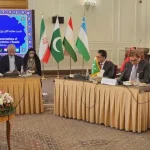JF-17 Thunder jet fighter was the fruit of Pakistan-China collaboration in the aviation segment. Pakistan Air Force (PAF) and China Air Force (CAF) made joint efforts to develop the original JF-17. Chengdu Aircraft Corporation (CAC) and Pakistan Aeronautical Complex (PAC) jointly collaborated on behalf of their respective countries to make the JF-17 fighter plane a reality.
Today, the jet fighter’s dual seat variant, JF-17B, has successfully undertaken its first test flight in China. It is expected to significantly bolster the training capabilities for the JF-17 series of jet fighters. The 2-seater version is also expected to attract more attention internationally.
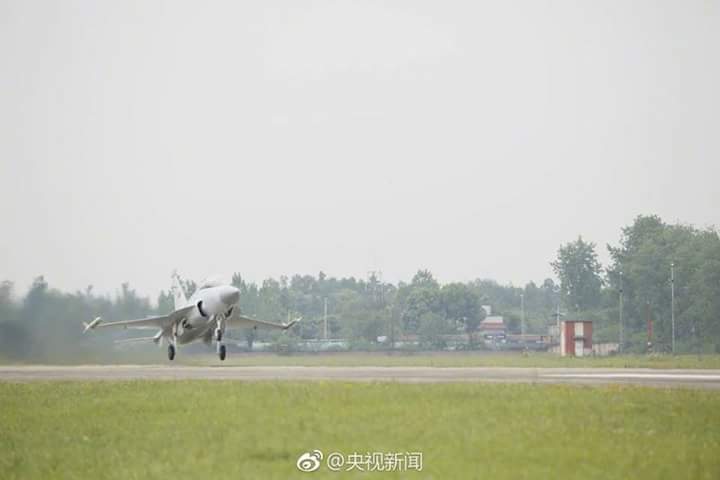
Both air forces have been working on JF-17B’s prototype since April 2016. PAF had initially planned to induct the new JF-17B into its fleet within one year.
However, due to delays in production, the aircraft’s testing phase has only just begun. According to aviation journalist, Alan Warnes, three JF-17B are already under production. Two of these are expected to join PAF soon.
The new JF-17B comes with three axis fly-by-wire flight control system and active electronically-scanned array (AESA) radar
Besides the additional seat, the upgraded JF-17B comes with major design changes like a dorsal spine. Experts suggest that the dorsal spine is actually added to accommodate fuel since the second seat is taking additional space in the interior.
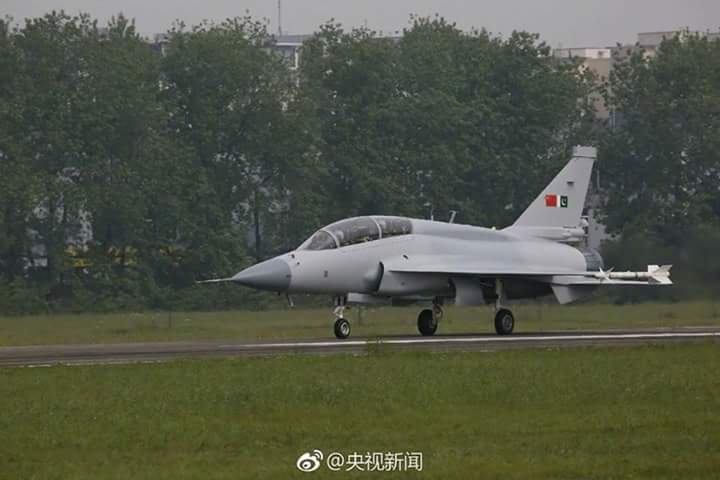
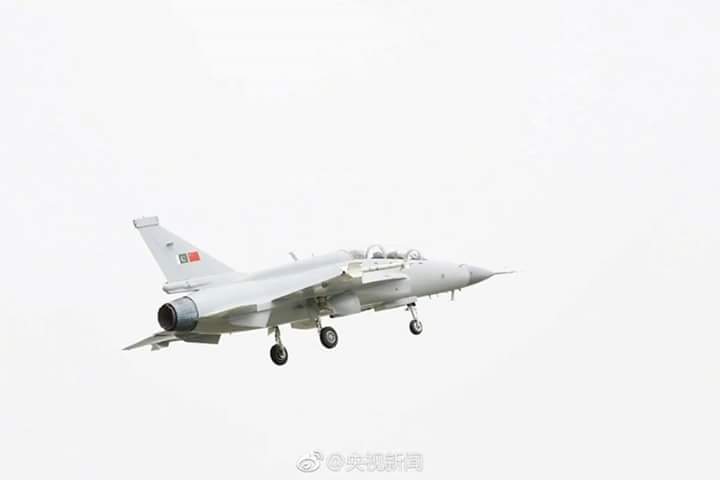
JF-17B also received a modified vertical stabilizer. According to Warnes, JF-17B’s swept tail houses equipment for a new three axis fly-by-wire flight control system. The nose also gets a size increase to accommodate an active electronically-scanned array (AESA) radar which will be core subsystem for the upcoming JF-17 Block-III – the biggest update to the JF-17 since its launch.
Built for Combat and Training
The new JF-17B variant has been developed to meet international demands of prospective buyers who called for in-flight evaluation and conversion training. At the moment, PAF uses simulators for conversion training.
Previously, the PAF leadership did hint that a dual seater Thunder could be launched as a lead-in-fighter-trainer (LIFT) platform within its current fleet.
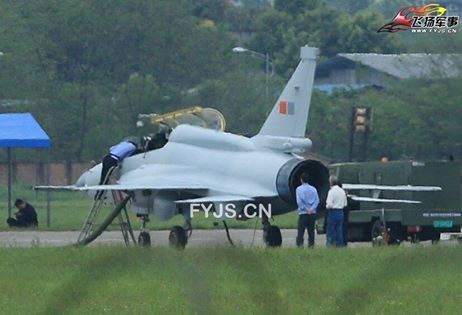
To top it all off, JF-17B comes with commercially available Electronic Warfare (EW) jamming pods and advanced targeting pods. These could potentially be used for strikes or stand-off EW platform.
Back in February, PAF inducted the fifth JF-17 Block-II variant into its fleet. It was capable of inflight refuelling. Last month, it was announced that PAF has successfully integrated a stand-off weapon system into the JF-17.
Pakistan Air Force currently has over 70 JF-17 jet fighters including Block-I and Block-II variants. Our air force is expected to order 50 Block-III units later this year. Amongst lined up buyers for the JF-17, Myanmar and Nigeria have already secured orders from Pakistan and China.







